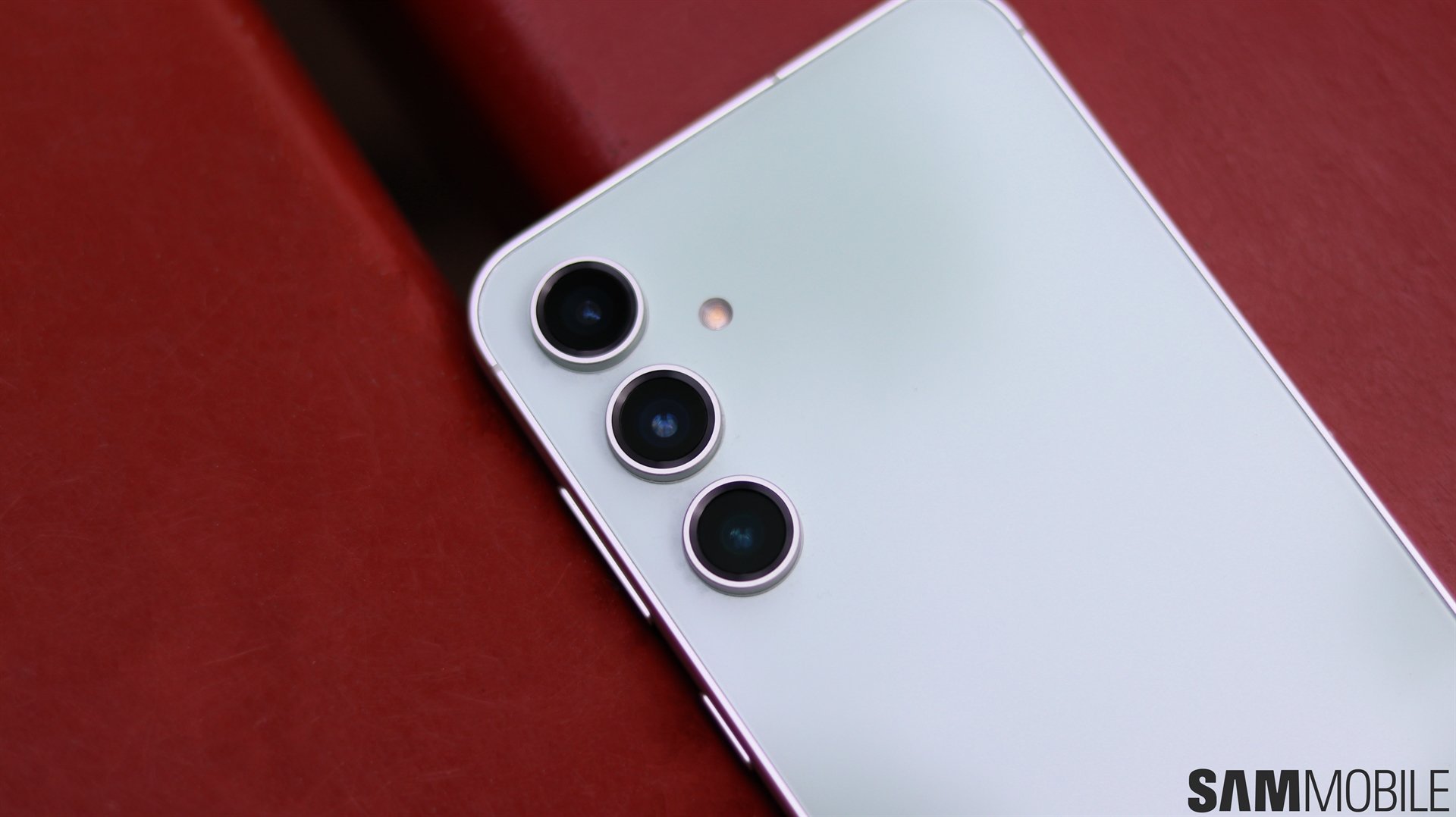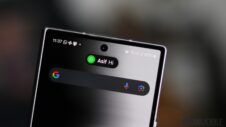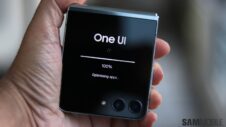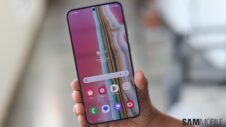Samsung has been releasing four different models under its flagship Galaxy S lineup for the past couple of years. Take this year's Galaxy S23 lineup for example. The Galaxy S23, Galaxy S23+, and the Galaxy S23 Ultra were unveiled in February this year. Over six months later, Samsung followed it up with the Galaxy S23 FE.
The Fan Edition models have been positioned by Samsung as a more value-focused proposition. It has tried to create a new category essentially of devices that are clearly not mid-range but not entirely flagship, either. For the Galaxy S23 FE, it just feels that Samsung put together a bunch of parts that it had left over and made a device. Be that as it may, it's hard to deny that this is one of Samsung's most value-packed phones ever.
It must be considered, though, whether it makes sense to keep the base model of the Galaxy S series around when the FE arrives a few months down the line to provide essentially the same experience at an even lower cost? A simple comparison between the Galaxy S23 and Galaxy S23 FE shows that the differences are minimal at best, with the Galaxy S23 FE even being better than the designated flagship in some areas.
Take the display size as an example. The Galaxy S23 has a 6.1-inch panel whereas the FE has a 6.4-inch display. Both have the same FHD+ resolution and 120Hz adaptive refresh rate. The Galaxy S23's panel is marginally brighter than the Fan Edition, 1,750nits compared to 1,500, but it's not going to feel like night and day to the user. The Galaxy S23 FE is better in one crucial department. It has a 4,500mAh battery compared to the base flagship's 3,900mAh.
The camera setup is mostly similar, save for the Galaxy S23's 10-megapixel 3x zoom lens compared to the FE's 8-megapixel 3x zoom lens. Both devices also have the same 8GB of RAM and 128GB of base storage with 256GB available as an added option. The biggest difference between the two is the chipset. The Galaxy S23 features the Snapdragon 8 Gen 2 for Galaxy whereas the Galaxy S23 FE runs on the previous generation Snapdragon 8 Gen 1.
We have to consider the target market for both of these devices. They're not the ones that want bonkers specs and the absolute best of what Samsung has to offer that year, because the company offers the Ultra models for those customers. People who buy these phones want an elevated smartphone experience at a decent price with the exceptional software support that Samsung provides.
The Galaxy S23 starts at $799 compared to the Galaxy S23 FE's $599. There's really not that much that paying the extra $200 gets you on the former or that it's going to make a huge difference to the user experience for the average customer. They probably won't notice how much faster apps launch on the newer iteration of the Snapdragon chipset compared to the one from last year, for example. What they would notice is the larger display and the bigger battery.
With more and more customers no longer predictably changing their phones every single year as before, perhaps it's time to revisit the offerings in Samsung's flagship Galaxy S lineup. By dropping the base Galaxy S model, it will limit the initial release to just the Plus and Ultra models, which will also benefit from the increased separation between the two models.
Then a few months down the line, Samsung can come out with the FE model and not have the device feel so redundant. This would also enable it to unlock more value for this model. Give it a bit more tech and finesse, raise the price by a bit too so that it sits between that range, and ultimately offer customers a device that doesn't seem like it was put together just to get rid of the parts Samsung had lying around.
This seems like the logical step to make now that Samsung has gone all in on the FE series. It launched new tablets, earbuds and the Galaxy S23 FE this year while the base Galaxy S flagship has become more of an afterthought in recent years. This would very well be the realignment that Samsung's Galaxy S series has needed for some time now. Provide customers more value through the lineup you claim was made for the more value conscious buyer while getting rid of a model that neither seems to be here nor there these days.







